Gas turbine engines are an essential component of modern-day aviation and power generation. These engines work on the principle of converting the energy released by burning fuel into mechanical energy, which is then used to power various machines and devices.
There are 4 types of gas turbine engine – turbojet, turboprop, turbofan, and turboshaft. Each of these engines has unique features and applications, making them suitable for specific purposes. In this article, we will explore the four types of gas turbine engines in detail, including their working principles, advantages, disadvantages, and applications.
We will also compare these engines based on fuel efficiency, power output, noise and emissions, and cost, to help you understand which engine is best suited for your needs. So, let’s dive into the world of gas turbine engines and explore the different types and their applications.
Table of Contents
What is the base of 4 types of gas turbine engines?
A gas turbine engine is a type of internal combustion engine that converts fuel energy into mechanical energy by using compressed air and fuel to spin a turbine. The mechanical energy generated by the turbine is then used to power various devices or machines. Gas turbine engines are widely used in aviation and power generation industries due to their high power-to-weight ratio, compact size, and efficiency.
Each type of engine has its unique design, applications, and advantages. Turbojet engines are used primarily in high-speed military aircraft and have the highest speed capability of all gas turbine engines. Turboprop engines are commonly used in regional airlines and smaller aircraft, while turbofan engines are the most widely used engines in commercial airliners. Finally, turboshaft engines are used in helicopters, tanks, and other military vehicles.
Gas turbine engines are known for their reliability, efficiency, and ability to operate in a wide range of conditions. They are also environmentally friendly due to their low emissions and noise levels. Turbines need oils and oils help them to work better. Turbine oil regeneration is a good way to provide turbine oil.
Types of Gas Turbine Engines
Let’s take a closer look at each of these engine types:
a. Turbojet Engine:
The turbojet engine is the oldest and simplest type of gas turbine engine. It is used primarily in high-speed military aircraft, such as fighter jets. The turbojet engine works by sucking air into the engine using a compressor. The air is then mixed with fuel and ignited, creating a high-velocity exhaust that propels the aircraft forward.
b. Turboprop Engine:
The turboprop engine is commonly used in regional airlines and smaller aircraft. It works by using a gas turbine to drive a propeller. The engine is designed to provide a high amount of torque at low speeds, making it ideal for takeoff and landing.
c. Turbofan Engine:
The turbofan engine is the most widely used engine in commercial airliners. It is a modification of the turbojet engine, with an additional fan at the front of the engine. The fan provides additional thrust, making the engine more efficient and quieter than the turbojet engine.
d. Turboshaft Engine:
The turboshaft engine is used in helicopters, tanks, and other military vehicles. It works by using a gas turbine to drive a rotating shaft instead of a propeller. The engine provides a high amount of torque at low speeds, making it ideal for heavy machinery and vehicles.
Here’s a comparison table that summarizes the key features of each type of gas turbine engine:
| Engine Type | Fuel Efficiency | Power Output | Noise & Emissions | Cost |
| Turbojet | Low | High | High | High |
| Turboprop | High | Medium | Low | Medium |
| Turbofan | High | High | Low | High |
| Turboshaft | Medium | High | Medium | High |
How do Gas Turbine Engines Work?
Gas turbine engines work by compressing air and mixing it with fuel, then igniting the mixture to produce high-velocity exhaust gases. These gases provide the thrust needed to power an aircraft, helicopter, or other types of vehicles.
Here’s a step-by-step breakdown of how gas turbine engines work:
- Intake: Air is drawn into the engine through the intake ducts.
- Compression: The air is compressed by the compressor, which consists of a series of blades or stages that progressively reduce the volume of air.
- Combustion: Fuel is injected into the compressed air and ignited by a spark plug, creating a controlled explosion.
- Expansion: The expanding hot gases from the combustion process are directed over the turbine blades, which extract energy from the gases to power the compressor and the vehicle.
- Exhaust: The hot gases are expelled out of the engine through the exhaust ducts, providing the necessary thrust to power the vehicle.
Each type of 4 types of gas turbine engine works slightly differently, with variations in the design and configuration of the compressor, combustion chamber, and turbine. However, the basic principles of air intake, compression, combustion, expansion, and exhaust are the same for all types of gas turbine engines.
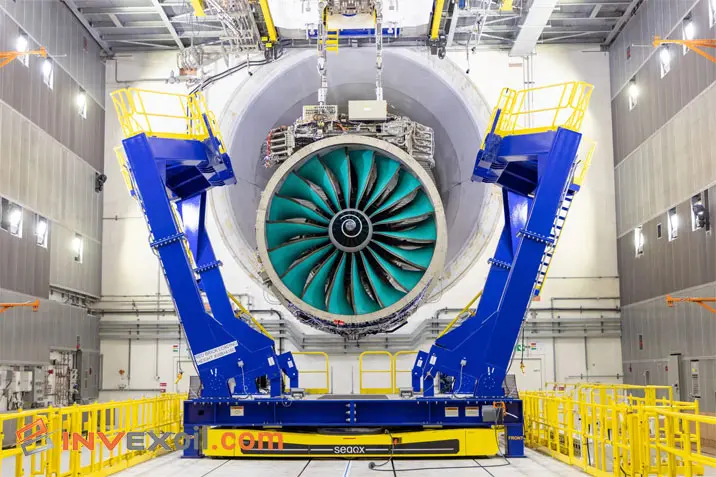
Advantages of 4 types of gas turbine engine
Gas turbine engines have several advantages over other types of engines, such as reciprocating engines. Here are some of the key advantages:
- High power-to-weight ratio: Gas turbine engines are relatively light and compact compared to their power output, making them ideal for use in aircraft and other vehicles where weight is a critical factor.
- High efficiency: Gas turbine engines are highly efficient at converting fuel into thrust, with some models achieving efficiencies of up to 50%.
- Low emissions: Gas turbine engines produce lower emissions than other types of engines, making them more environmentally friendly.
- High reliability: Gas turbine engines are known for their high reliability and durability, making them ideal for use in critical applications such as aviation and power generation.
Disadvantages of Gas Turbine Engines
there are also some disadvantages to consider. Here are a few key disadvantages:
- High cost: Gas turbine engines can be expensive to manufacture and maintain, making them less accessible to smaller operators.
- Complex design: Gas turbine engines are more complex in design than other types of engines, which can make them more difficult to repair and maintain.
- Slow response time: Gas turbine engines can have a slow response time, which can be a disadvantage in applications where quick acceleration or deceleration is required.
- High fuel consumption: Gas turbine engines can consume a lot of fuel, especially at high speeds, which can be a disadvantage in applications where fuel efficiency is important.
Despite these disadvantages, gas turbine engines remain a popular choice for many different applications, thanks to their high power output, efficiency, and reliability.
Applications of Gas Turbine Engines
Gas turbine engines are used in a wide variety of applications, from aviation and power generation to marine and industrial use. Here are a few key examples:
- Aviation: Gas turbine engines are widely used in aviation, powering everything from small private planes to commercial airliners and military fighter jets.
- Power generation: Gas turbine engines can be used to generate electricity in power plants, either alone or in combination with other types of generators.
- Marine: Gas turbine engines are used in many types of marine vessels, including cruise ships, ferries, and military vessels.
- Industrial: Gas turbine engines can be used in industrial applications such as gas compression, pipeline pumping, and even as a source of heat for industrial processes.
Comparison of Gas Turbine Engines
When considering the different types of gas turbine engines, there are several factors that can be compared, including fuel efficiency, power output, noise and emissions, and cost. Here’s a comparison table outlining some of the key differences :
| Type of Engine | Fuel Efficiency | Power Output | Noise and Emissions | Cost |
| Turbojet | Low | High | High | High |
| Turboprop | Medium | Medium | Medium | Medium |
| Turbofan | High | High | Low | High |
| Turboshaft | Low | Low | Low | Low |
As you can see, each kind of 4 types of gas turbine engine has its own strengths and weaknesses, depending on the application. For example, turbojets have high power output but are less fuel-efficient and produce more noise and emissions than other types.
Turboprops are more fuel-efficient but have moderate power output and noise levels. Turbofans are the most fuel-efficient and produce lower noise and emissions, but tend to be more expensive. Turboshafts are often used in low-power applications and have lower fuel efficiency and power output than the other types, but produce less noise and emissions.
Conclusion
This article is about 4 types of gas turbine engine, they are a critical technology for aviation, power generation, and other industries. The four main types of gas turbine engines are turbojet, turboprop, turbofan, and turboshaft engines. Each type has its own unique characteristics, advantages, and disadvantages.
When selecting a gas turbine engine, factors such as fuel efficiency, power output, noise and emissions, and cost must be considered. Ultimately, the choice of engine depends on the specific application and its requirements. Understanding the differences between these four types of gas turbine engines can help users make informed decisions and optimize their operations.
FAQ
These questions are the most frequently asked and provide answers about this article. You can find the information you need below:
What are the four types of gas turbine engines?
The four types of gas turbine engines commonly used are turbojet engines, turboprop engines, turbofan engines, and turboshaft engines.
How does a turbojet engine work?
A turbojet engine operates by compressing incoming air, mixing it with fuel for combustion, and then expelling the hot exhaust gases to generate thrust.
What is the main difference between a turbofan engine and a turboprop engine?
The main difference between a turbofan engine and a turboprop engine lies in their primary function. A turbofan engine primarily generates thrust for forward motion, while a turboprop engine primarily drives a propeller for generating propulsion.

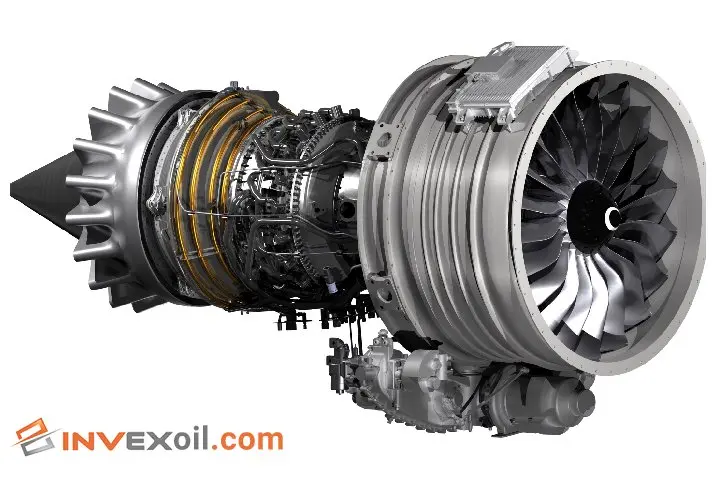
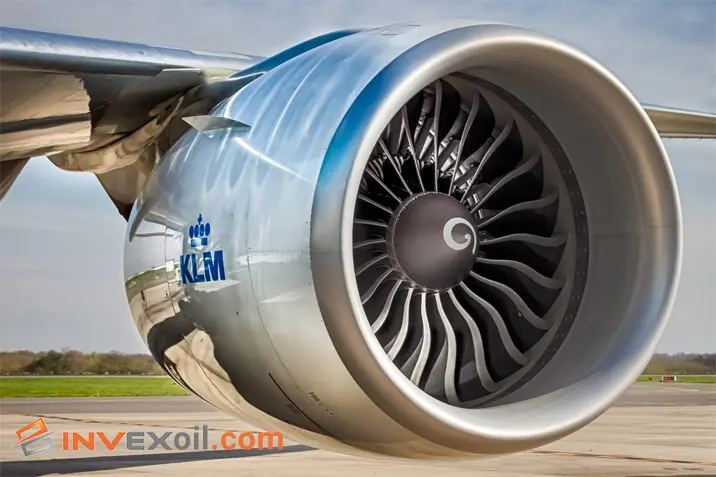
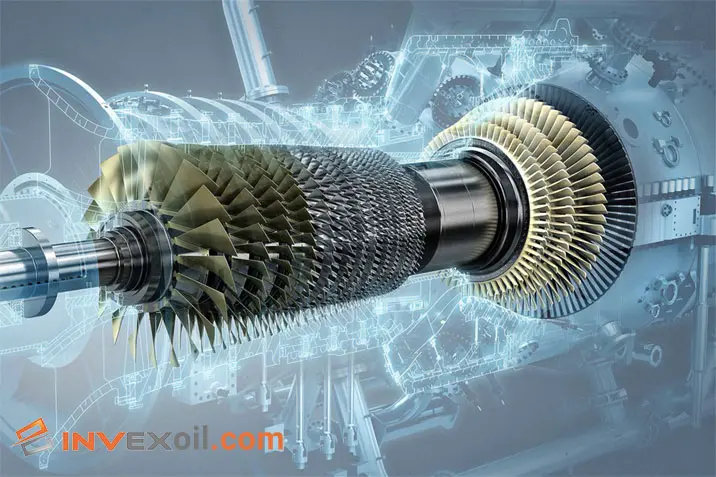


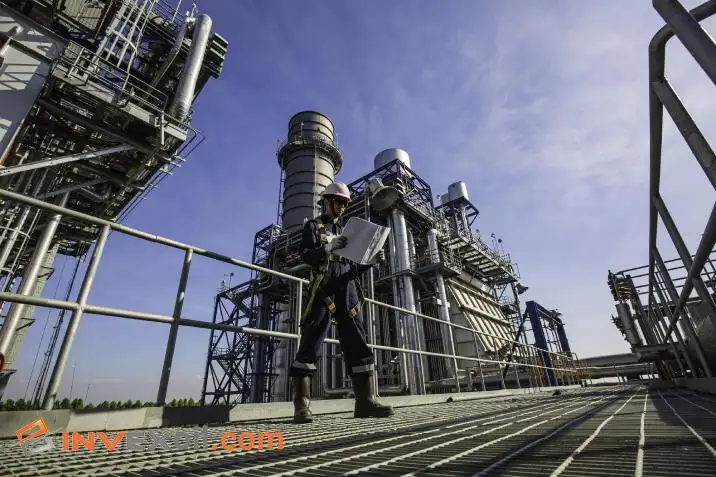
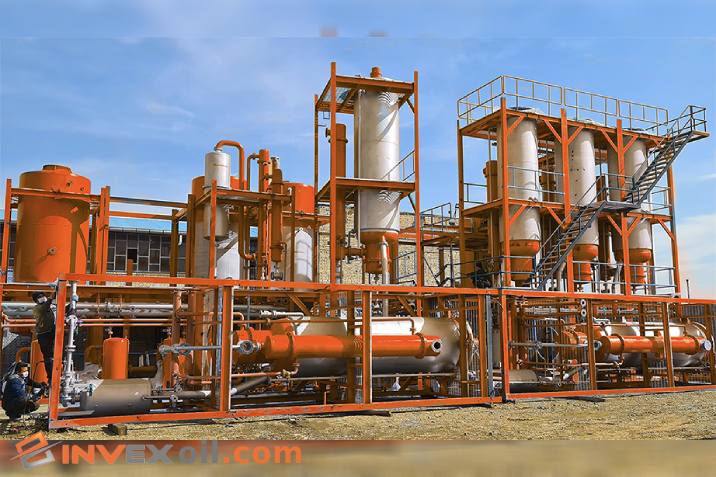
In Onliner.co, Our team with 12 professional members in each of content creation, on-page, off-page, and technical domain has always been able to achieve customer satisfaction with 12 years of experience in SEO. In the content creation sector, our expert writers are up to date and experienced to provide a high quality and unique contents.